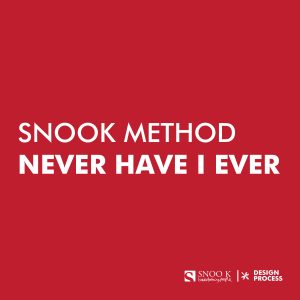We are working with NHS Greater Glasgow and Clyde on developing a new campaign and strategy around the alcohol consumption of young people in Glasgow.
With Govan as our pilot area, we have been speaking to members within this community to gather insights around the behaviours of young people and alcohol as well as the motivations of agents who purchase alcohol for underage drinkers. It was vital that we speak to a variety of stakeholders from off licences to young people to families.
Valerie Carr, Marie Cheung and I visited a youth group in Govan to better understand young people’s attitudes towards drinking, with the hope of creating a new campaign with co-design at the core. We used a number of different methods to encourage the youth we met to openly talk about drinking in Govan.
We have seen an abundance of ‘design research’ methods being used, but often find them to be paper based which can be a hinderance if someone has literacy issues or a short attention span. Of late, we have been incorporating games as a way to draw insight but also make a fun experience for the people we are working with.

‘Never Have I Ever’ is a common drinking game. We played a modified version of this with the people at the youth centre. We made it clear that we were gathering insights on their drinking habits and encouraged them to stand in a circle with us. For example, the person in the centre of the circle would say ‘Never Have I Ever… got someone to buy alcohol from the shop for me’ and then people, who had done it, would swap places with someone else in the circle. The person unable to find a new spot would contribute the next ‘Never Have I Ever’.
This game worked well as an icebreaker and provided an interactive way of gaging answers. The young people were able to disclose as little or as much as they wanted, in their own comfort zone and they got to lead the questions, rather than having us interview them. Each person took turns standing in the middle of the circle and asked their peers about their experiences.
It was also good for us to join in, which meant we had to do a little confessing ourselves while fostering this shared experience with the youth.
When running this method, our recommendations include to:
Prepare a research outline of what you’re seeking to uncover so you can steer the direction gently, but don’t over do it.
1. Ensure you’ve got a few early ‘Never Have I Evers’ stored up your sleeve to encourage the group if they are shy.
2. Get involved in the exercise to build their trust, but make sure someone’s there to take notes and observe too.
3. Watch out to make sure everyone feels included but don’t push anyone to take part if they don’t want to.
4. Consent forms – always.
While traditional paper based tools are useful and necessary, sometimes hacking existing games and incorporating them into the research process can lead to interesting insights that you would not otherwise get. By getting the young people involved in asking questions from the get-go, we were able to uncover new lingo and learn about their individual perspectives in a casual and engaging way.
